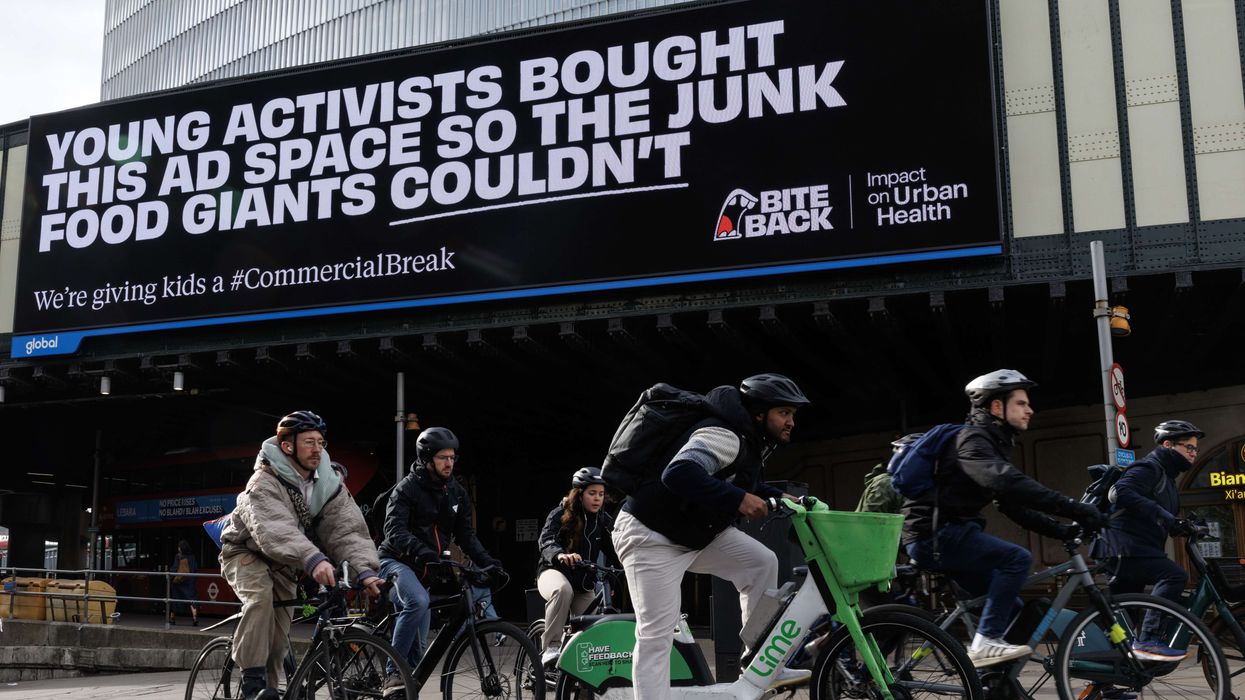by LAUREN CODLING
AN NHS doctor has said his new book is his “mission” to help spread awareness of healthy eating across the country.
Dr Rupy Aujla, 32, hopes his debut cookbook, The Doctor’s Kitchen, will encourage the idea of using diet to manage one’s health.
“It’s more of a mission, rather than just like a pretty cookbook with a lot of colourful recipes,” Aujla told Eastern Eye. “This book is really like a manifesto that represents something that needs to happen in terms of our medical curriculum.”
An NHS report on obesity revealed that in 2015, 58 per cent of women and 68 per cent of men were overweight or obese.
Only 26 per cent of adults ate the recommended five or more portions of fruit and vegetables a day in 2015.
The idea of encouraging food as a method to influence health came to the doctor, who was raised in Essex, when he and a patient discussed improving their diet with oats and wholegrain.
It was only when Aujla, who currently works as a NHS GP in both west and north London, was asked how to cook oats, that it occurred to him that not everyone knows how to cook.
After explaining the technique to his patient, Aujla found himself having to repeat the process with others who had the same issue.
“I got known as the doctor who would give nutrition advice in my general practitioner
surgery,” he recalled. “So that’s when the idea of The Doctor’s Kitchen really came about – a place where I would bring together the clinical science behind the ingredients I use in an engaging, motivating and positive way.”
The book, which features 100 recipes, offers tips on how to make cinnamon hemp pancakes, harissa, sprout and celeriac fritters and raspberry adzuki slices.
Aujla’s own knowledge of healthy food originated from overcoming an illness in 2009. He was diagnosed with fast atrial fibrillation (AF), an ailment where the heart beats irregularly and fast.
At the time, he was training as a junior doctor in central London and working hectic hours.
The first symptoms of the condition came after almost at the end of his 12th consecutive day of work.
“My condition was rare in someone of my age, so I was an unusual case,” he said.
Instead of traditional medicine, Aujla decided to take a lifestyle approach to treat the condition.
“With the blessing of my cardiologist and my doctors, I was able to overcome this quite unusual condition by using a lifestyle approach,” he explained. “I don’t think it’s appropriate for everyone, but it just made me realise that there is actually a lot of evidence and a lot of information out there about how we can utilise our lifestyles to improve our health problems and help to prevent conditions.”
Overcoming the heart condition motivated Aujla to continue with his changed lifestyle and he began to research how food could influence one’s health.
His first experience with cooking was when he was preparing to attend medical school aged 17. His mother insisted he learn how to cook and taught him how to make lemongrass Thai curry.
“My mum said, ‘you are going to medical school, you need to know how to cook’,” he laughed. “[The curry] was quite difficult to make, but she made it look absolutely effortless.
“At the time, that was the only dish I could make and when I got to medical school, I was known as the guy who knew how to cook – when I only knew how to cook two or three recipes which just happened to be very good,” he revealed.
Aujla, who is of Punjabi origin, has had a wealth of experience with Asian food.
He acknowledged, however, that the cuisine has some unhealthy elements that could be avoided, such as an “unhealthy” focus on poor quality oils, a lack of vegetables and a preponderance of white rice.
He was keen to stress that people need not give up their favourite food – instead, they can swap some ingredients so it becomes a healthier option.
“When you break down the different types of south Asian food, it can be healthy when we modulate some of the elements,” Aujla explained. “When you convince people that they can still have the same flavour, but they can just make a few switches here and there, that is when you get people on board.”
On his mother’s reaction to the book, he joked she was a little unhappy he had shared some of her recipes in the book.
“But then again, the book was dedicated to her,” he said.
Recipes with a healthy twist featured in The Doctor’s Kitchen include spicy baked eggs with tomatoes and chickpeas, black bean tacos with grilled nectarines, and spicy Thai celeriac muffins.
Talking about his favourite food, Aujla admitted he found it hard to choose one type of cuisine.
“It changes all the time,” he said. “Sometimes it’s Middle Eastern, sometime it’s Japanese. Last week it was Sri Lankan.
“Generally, I am very varied. I’m like London through and through – we have got so much variety here.”
The Doctor’s Kitchen is available now











